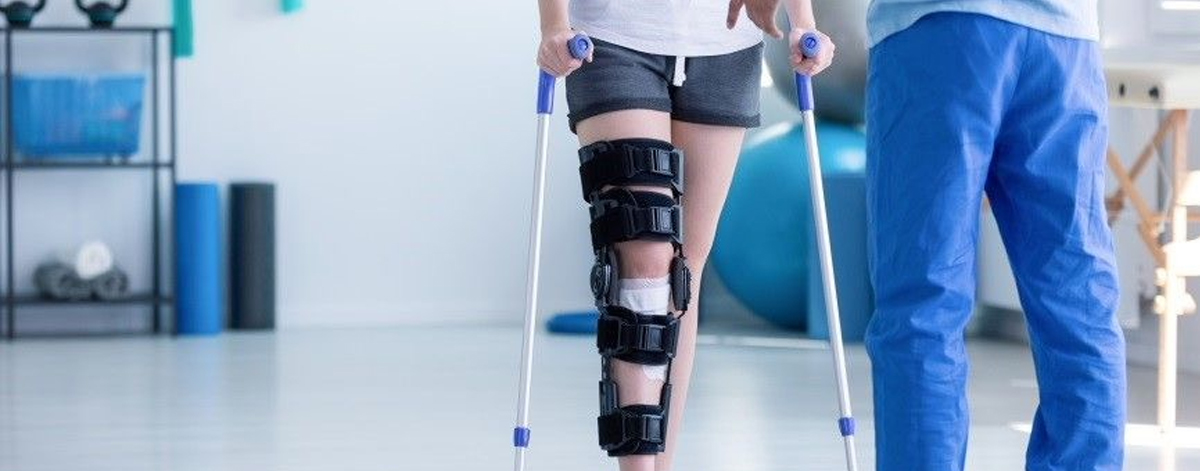Post Surgical Rehab
Post-surgical rehabilitation, also known as post-operative rehabilitation, is a critical phase of recovery following a surgical procedure. The goal of post-surgical rehab is to help patients regain function, strength, mobility, and flexibility while minimizing complications and promoting healing. The specific post-surgical rehab program will vary based on the type of surgery performed and individual patient needs, but here are some general principles and components of post-surgical rehabilitation:
- Early Mobilization: In most cases, early mobilization is encouraged to prevent complications like blood clots and to start restoring joint function. Physical therapists work with patients to initiate controlled movements and exercises appropriate for their specific condition.
- Pain Management: Pain after surgery is common, and effective pain management is essential for promoting mobility and compliance with the rehab program. Pain management may involve medications, modalities like heat or cold therapy, and other techniques.
- Wound Care: Proper wound care is crucial to prevent infections and promote healing. Patients are instructed on wound care techniques, dressing changes, and signs of infection to watch for.
- Therapeutic Exercises: Physical therapists design exercise programs tailored to the patient's surgical procedure and individual needs. These exercises focus on strengthening muscles, improving joint range of motion, and restoring functional abilities.
- Gait Training: For surgeries involving the lower extremities, gait training helps patients relearn how to walk safely and efficiently.
- Manual Therapy: Manual therapy techniques, such as soft tissue mobilization and joint mobilization, may be used to improve joint function and reduce muscle tightness.
Do's for Post Surgical Rehab
- Follow Your Surgeon's Instructions: Adhere to your surgeon's post-operative guidelines and restrictions regarding activities, medications, wound care, and follow-up appointments.
- Attend Physical Therapy: Engage in physical therapy sessions as prescribed by your healthcare team. Physical therapy helps improve mobility, strength, and function while preventing complications.
- Take Medications as Prescribed: Take prescribed medications, including pain relievers and antibiotics, as directed by your surgeon.
- Communicate with Your Healthcare Team: Report any concerns, pain, or unusual symptoms to your surgeon and rehabilitation team promptly.
Don'ts for Post Surgical Rehab
- Avoid Overexertion: Avoid overexerting yourself or engaging in activities that may put excessive strain on the surgical site.
- Don't Skip Physical Therapy: Attend all prescribed physical therapy sessions and do not skip appointments.
- Don't Ignore Pain or Swelling: Pain and swelling are common after surgery, but if they become severe or unusual, consult your healthcare team.
- Don't Drive (if restricted): If driving is restricted after surgery, avoid getting behind the wheel until your surgeon allows it.
- Avoid Heavy Lifting: Refrain from heavy lifting or strenuous activities until approved by your healthcare team.

